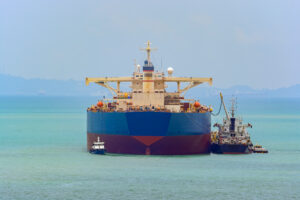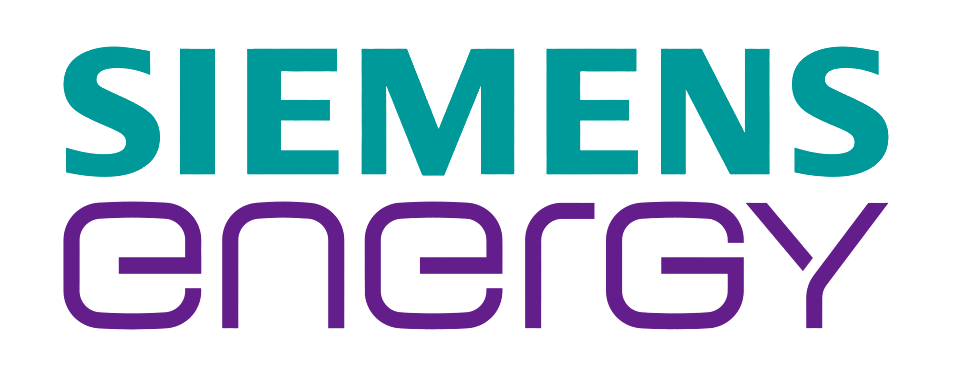Ammonia or Methanol – Which maritime fuel will power the future of low carbon shipping?
 Energy
Energy
With maritime transport facing mounting pressure to slash GHG emissions, the fuel debate is heating up. Methanol is gaining early ground with over 130 dual-fuel ships ordered globally, while Ammonia touts a zero-carbon promise yet lags in engine maturity and safety readiness. This report cuts through the noise, benchmarking each fuel’s readiness, risk, and regulatory momentum across vessel classes and use cases.
|
What’s Inside
|
 |
Methanol is commercially ahead, but Ammonia could leapfrog if safety protocols, CAPEX barriers, and regulatory clarity align. The choice is no longer just about emissions; it’s about scalability, shipyard timelines, retrofit economics, and regional fuel policy.
FutureBridge supports energy and mobility leaders in evaluating fuel options with precision-linking market trends, regulatory shifts, and tech feasibility. Contact us to explore tailored insights for your fleet transition, supply chain planning, or investment strategy.



 2 min read
2 min read
































